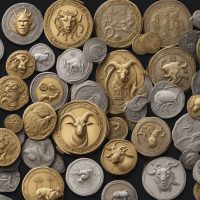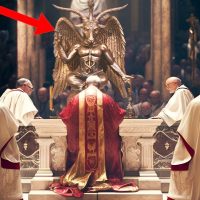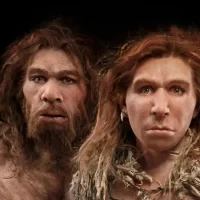Throughout history, artists have often been seen as enigmatic figures, their creativity and imagination inspiring awe and sometimes suspicion.
One of the most persistent and sensationalized myths surrounding artists is the notion that they worship the devil or are affiliated with secret societies like the Illuminati.
In this article, we will explore the origins of these myths and shed light on the truth behind these sensational claims.

The Devil and Artistic Inspiration
- Historical Misconceptions:
The idea that artists make pacts with the devil in exchange for talent or inspiration is a centuries-old myth. This myth is often rooted in historical misunderstandings of the creative process.
People have struggled to comprehend how artists can produce works of such beauty and complexity, leading them to attribute their talents to supernatural forces.
- Romanticized Legends:
Some famous artists, like composer Giuseppe Tartini and violinist Niccolò Paganini, were rumored to have made deals with the devil due to their exceptional musical abilities.
These legends, while captivating, are typically the result of exaggerations and embellishments over time.
- The Reality:
In reality, artistic talent is a product of dedication, practice, and innate ability.
Artists hone their skills through years of hard work and study, and their inspirations often come from personal experiences, emotions, and the world around them rather than supernatural sources.
The Illuminati and the Art World

- Origins of the Conspiracy:
The Illuminati, a secret society founded in the 18th century, has been the subject of numerous conspiracy theories.
Some conspiracy theorists claim that influential artists, musicians, and actors are members of the Illuminati and use their creative works to spread hidden messages.
- The Music Industry:
The music industry has been a frequent target of Illuminati conspiracy theories.
Some claim that symbols and imagery in music videos and album covers are coded messages linked to the Illuminati.
However, these claims often lack concrete evidence and rely on speculation.

- Visual Art and Symbolism:
Artists sometimes incorporate symbolism in their work, and conspiracy theorists may interpret these symbols as evidence of an Illuminati connection.
However, artists often use symbolism to convey their ideas and emotions, and these interpretations can vary widely.
Debunking the Myths
- Lack of Evidence:
The devil-worship and Illuminati myths surrounding artists lack substantial evidence.
These claims often rely on anecdotal stories, misconceptions, and misinterpretations of artistic expression.
- Artistic Freedom:
Artists have the freedom to explore a wide range of themes and concepts in their work, and not every symbol or theme has a hidden agenda.
Art should be appreciated for its intrinsic value and its power to evoke emotions and provoke thought.
- Respect for Creativity:
It is essential to respect artists’ creative processes and not jump to conclusions about their affiliations or intentions.

Artists are individuals with diverse backgrounds, beliefs, and motivations, and their work should be evaluated on its merits.
The myths that artists worship the devil or are members of the Illuminati are sensationalized tales that have little basis in reality.
While it can be tempting to attribute artistic genius to supernatural or secretive forces, the truth is that artists are driven by their passion, hard work, and unique perspectives.
Instead of succumbing to conspiracy theories, let us celebrate the diversity of artistic expression and appreciate the beauty and meaning that artists bring to the world through their creations.























